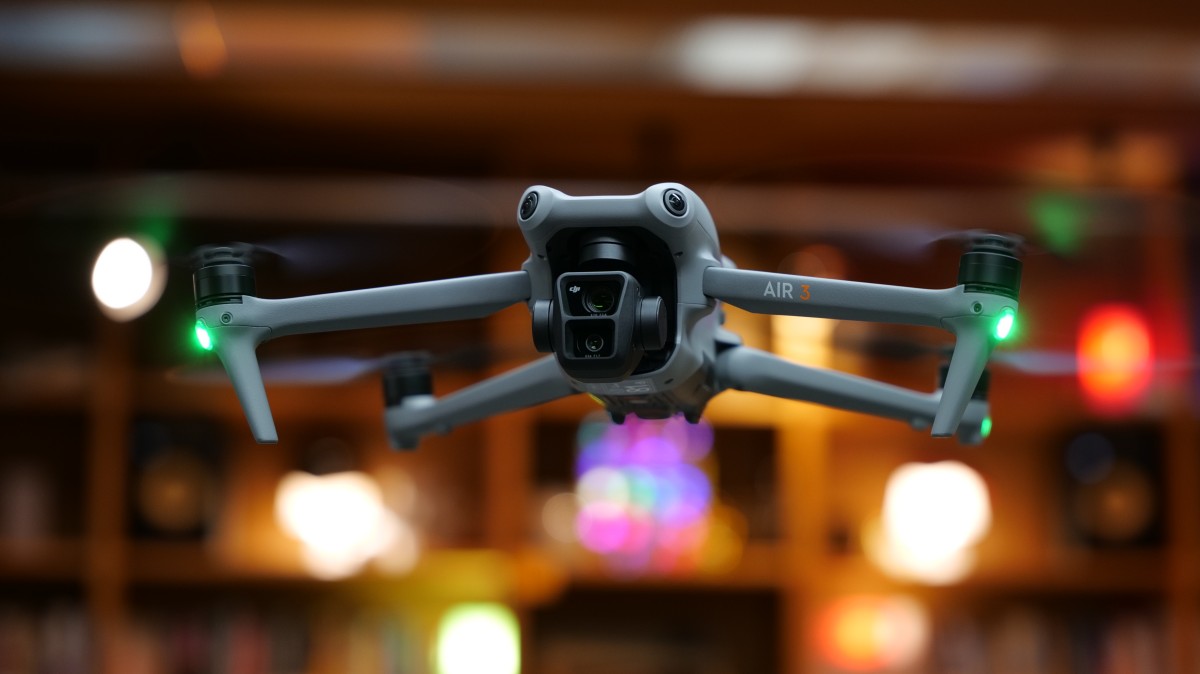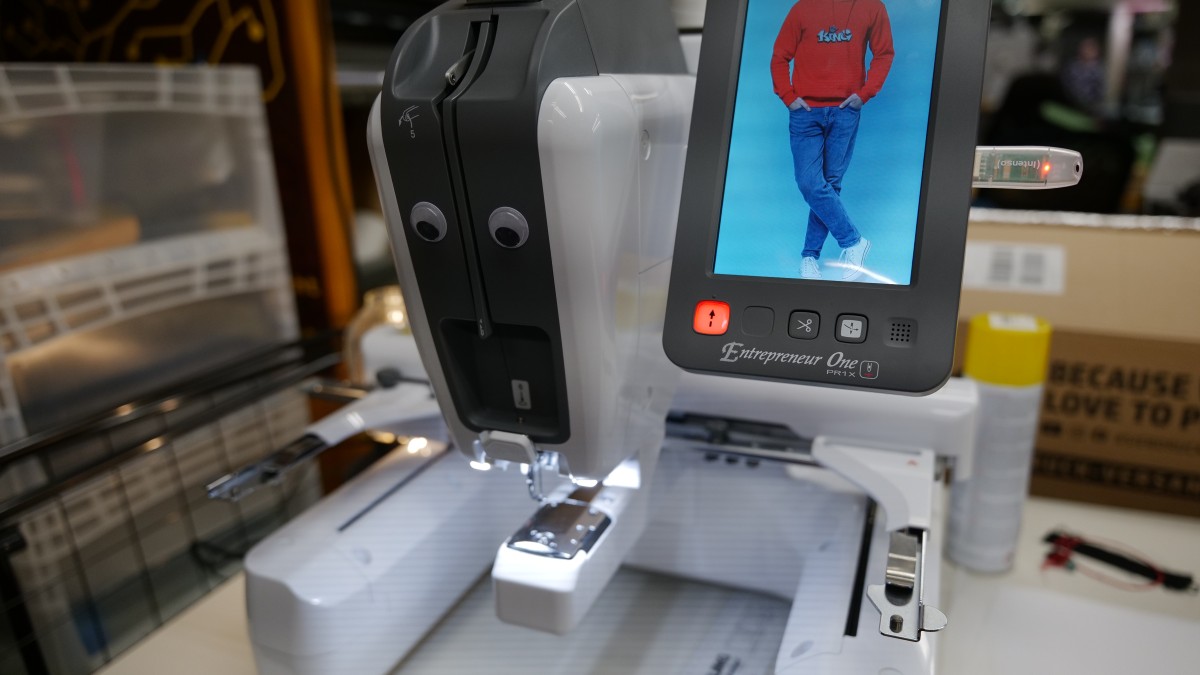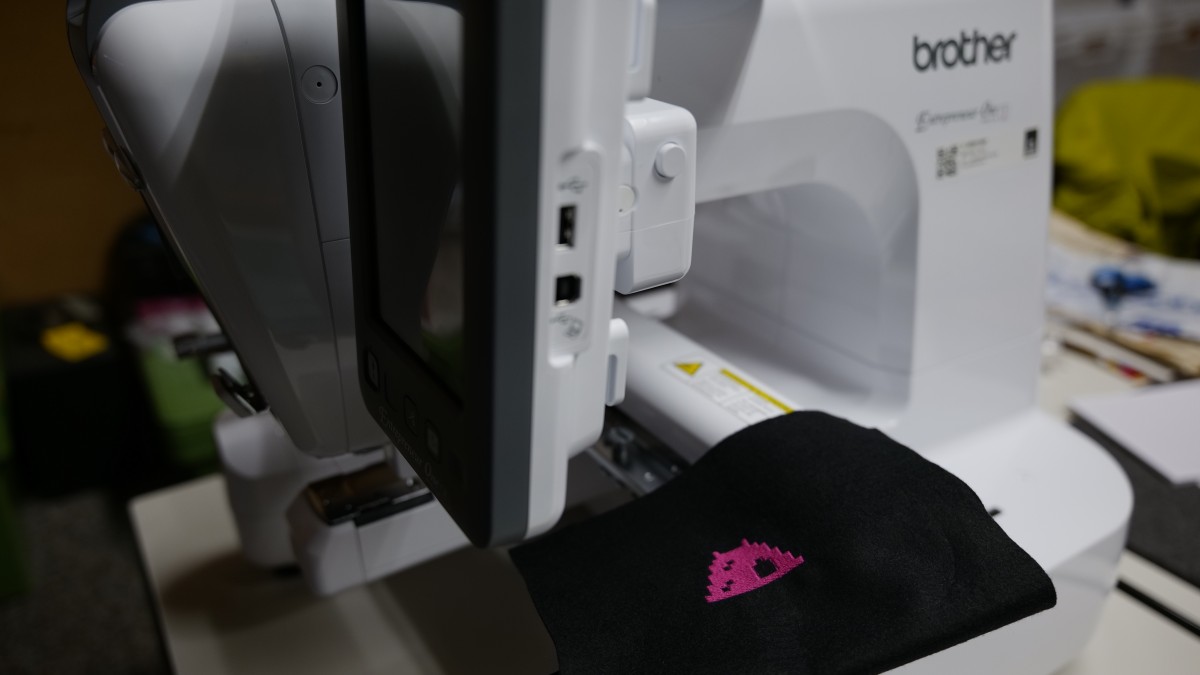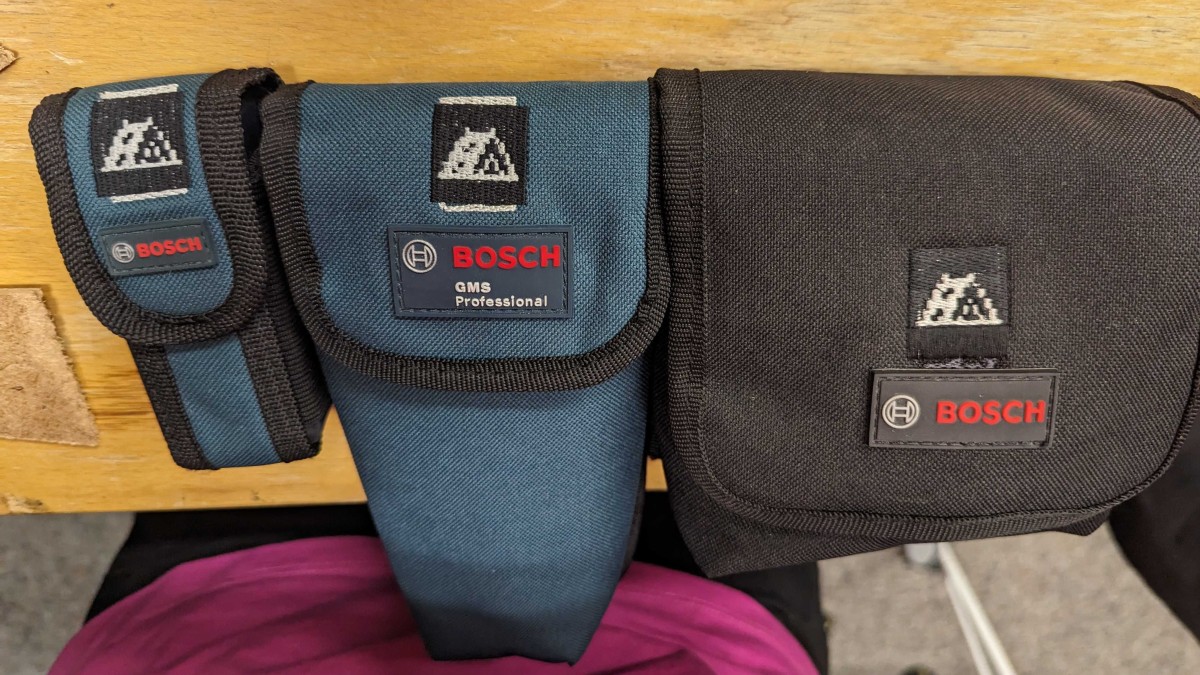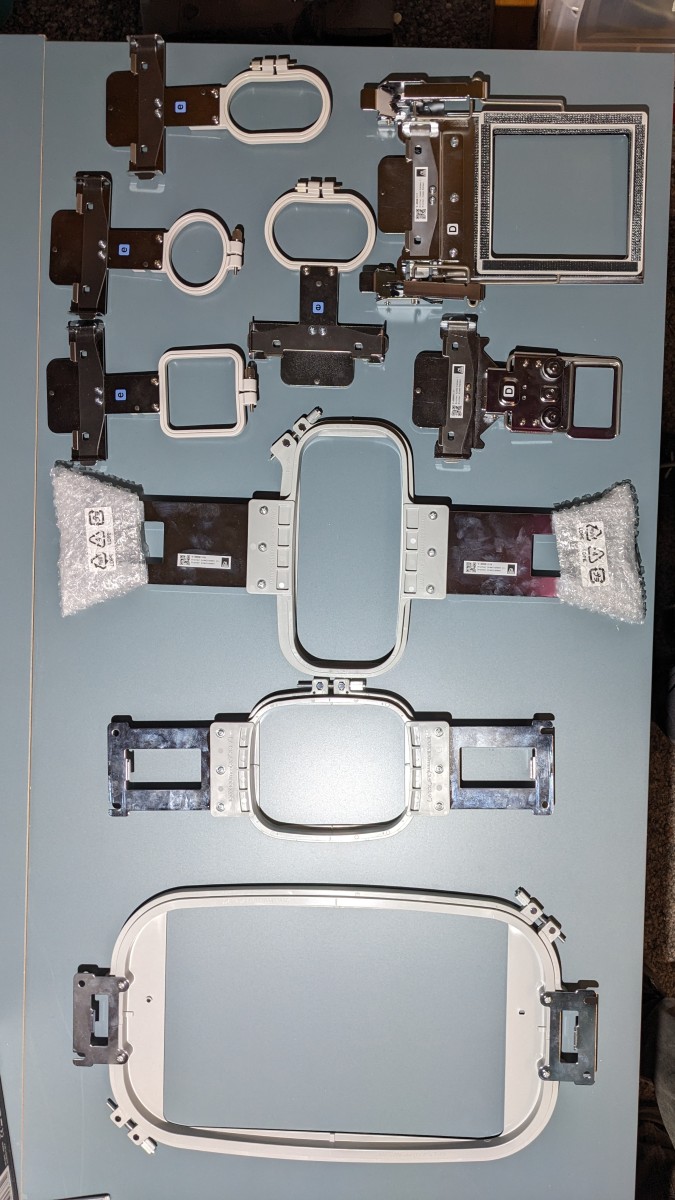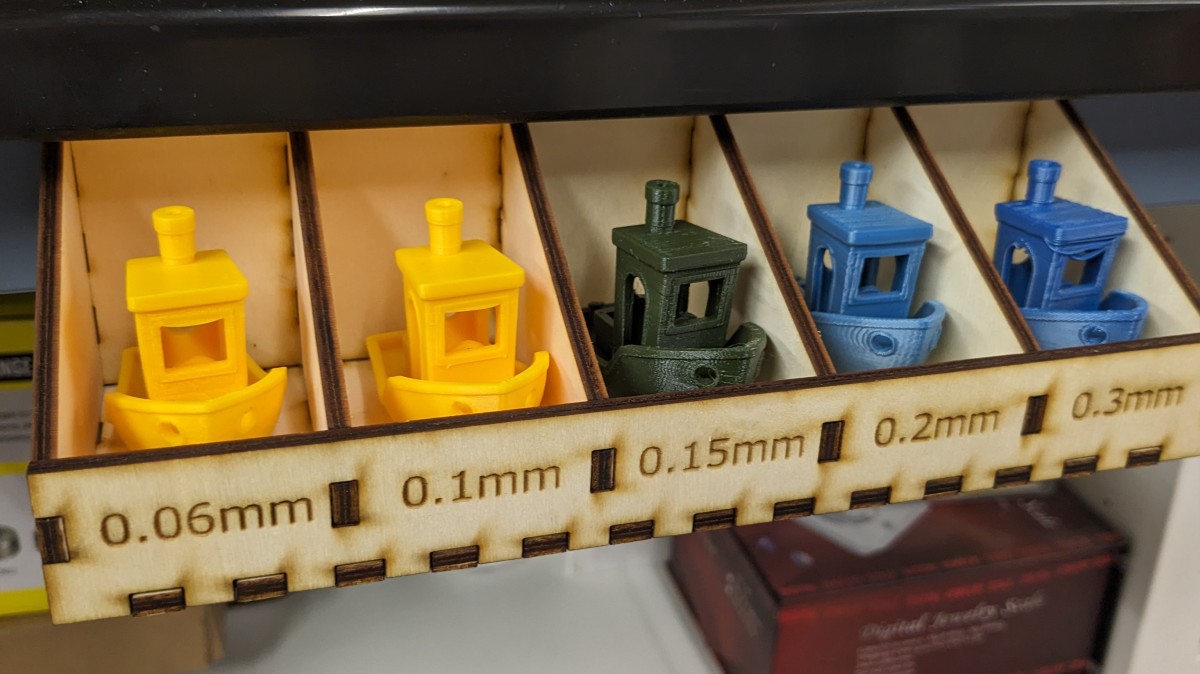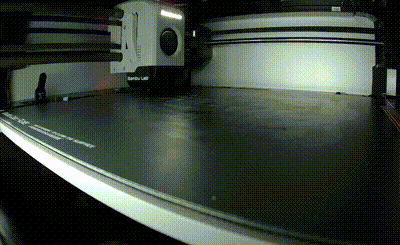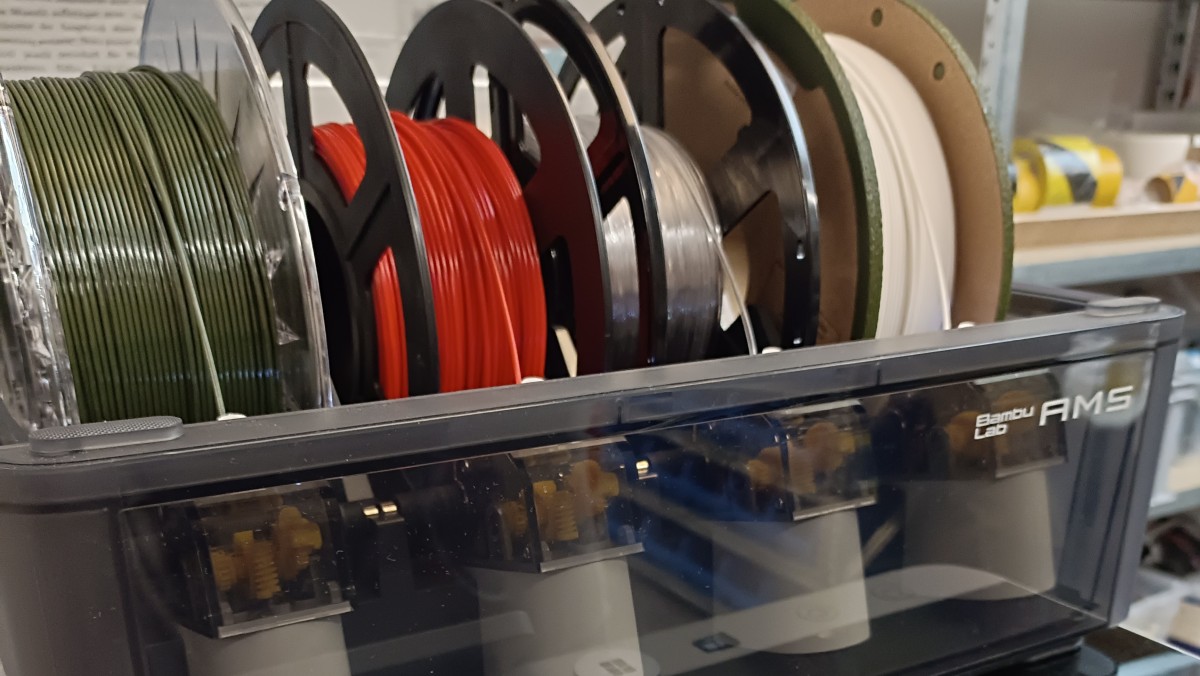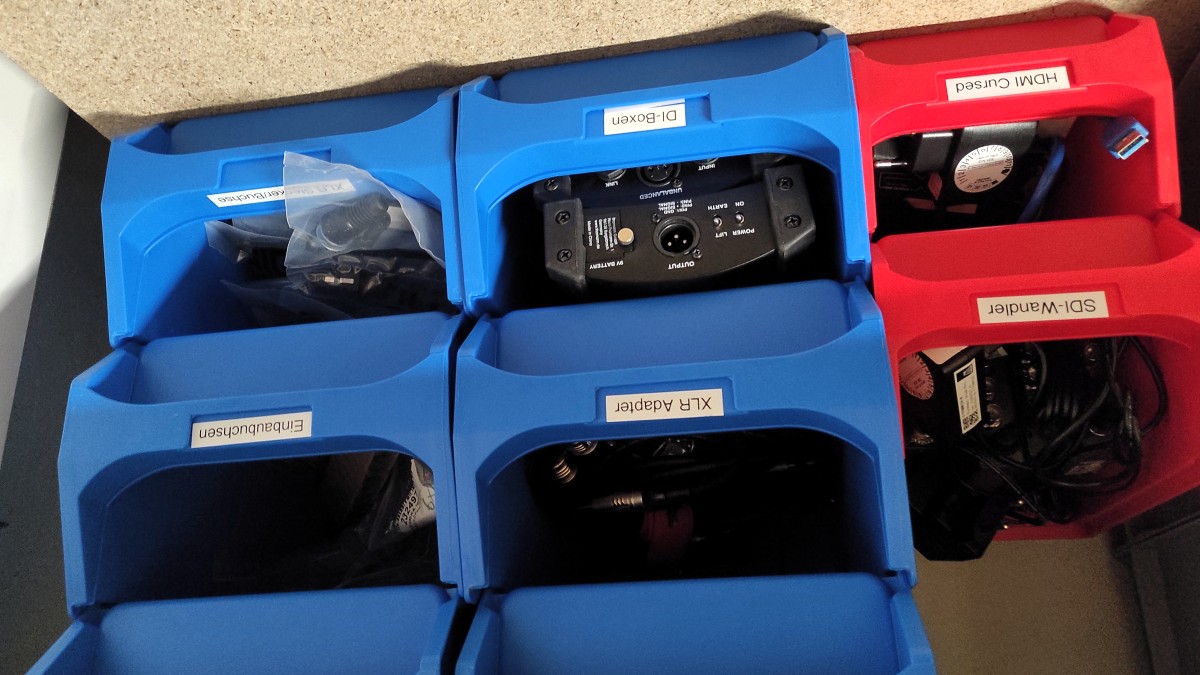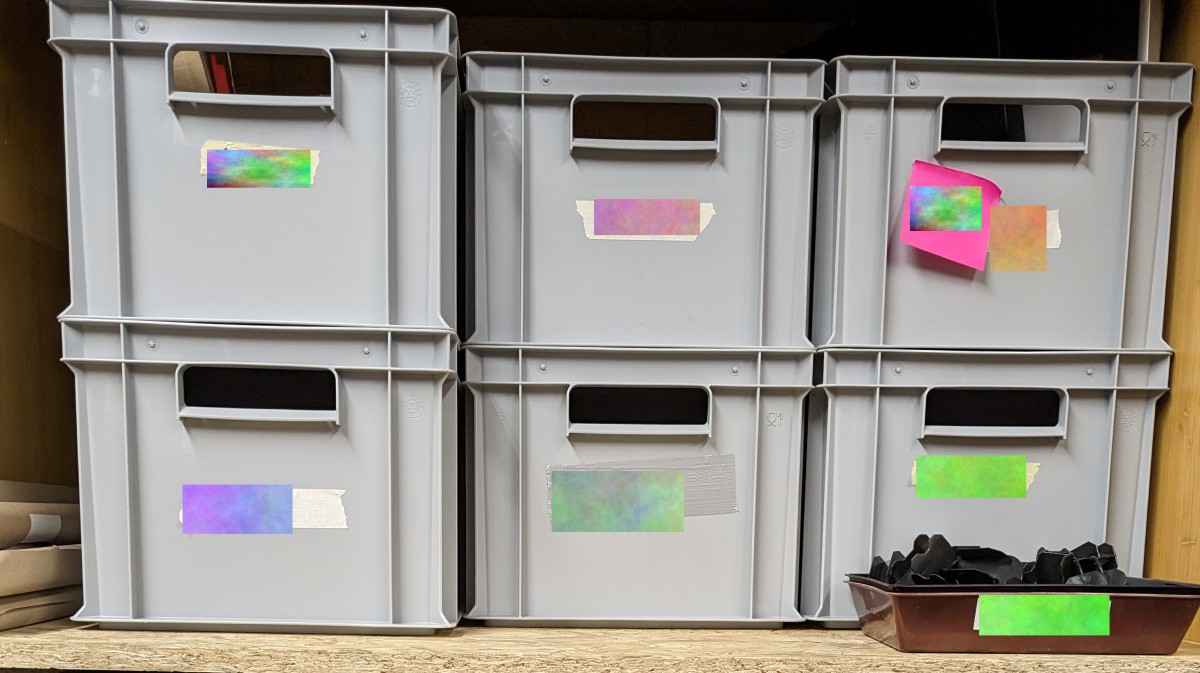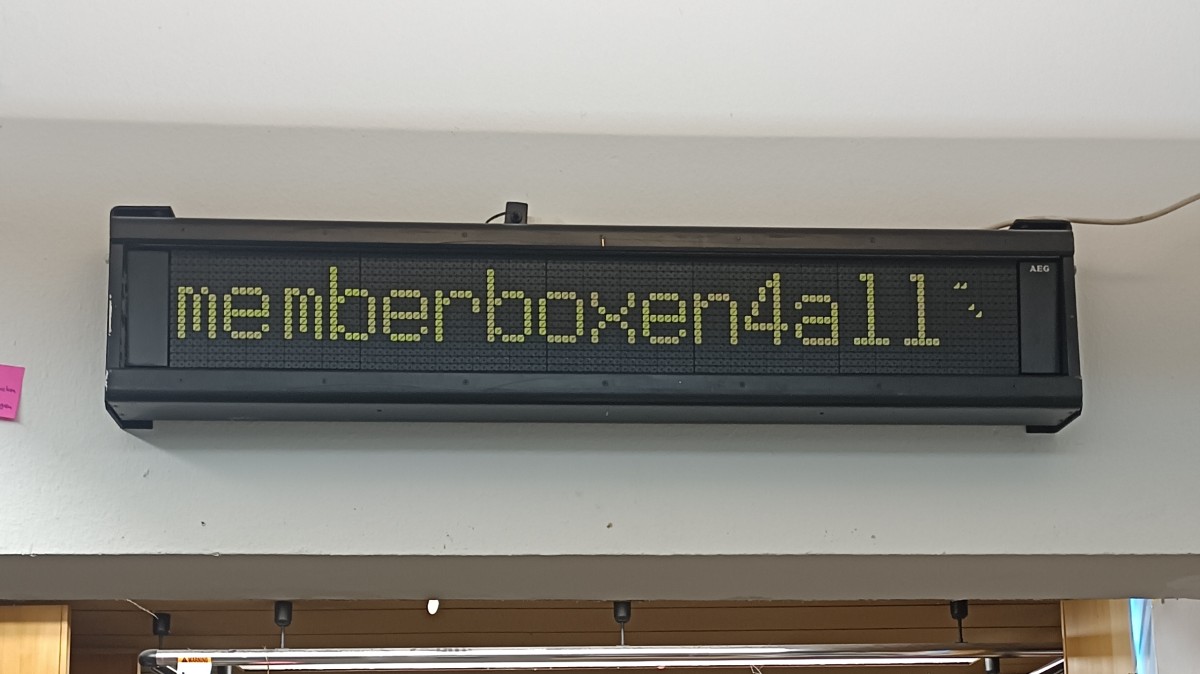Dieser Artikel ist Teil einer Serie, in der wir einige unserer neuen, wertvollen Anschaffungen vorstellen möchten, die wir dank einer Förderung durch die Deutsche Stiftung für Engagement und Ehrenamt umsetzen konnten.
Durch unsere enge Verbindung zu Wikimedia Deutschland und den vielen Projekten zu Freiem Wissen wie Wikipedia, Wikimedia Commons, Wikidata und so weiter haben wir schon immer sehr gerne zu Freiem Wissen beigetragen. So haben wir historische Bilder Ulmer Straßenbahnen aus der Bevölkerung gesammelt und mit der Scannerstation der Stuttgarter Community der Allgemeinheit unter Freier Lizenz verfügbar gemacht.
Was uns aber schon immer ein bisschen gefehlt hat, auch weil andere lokale Räume damit so wunderschöne Fotos machen, ist eine Drohne mit guter Kamera.
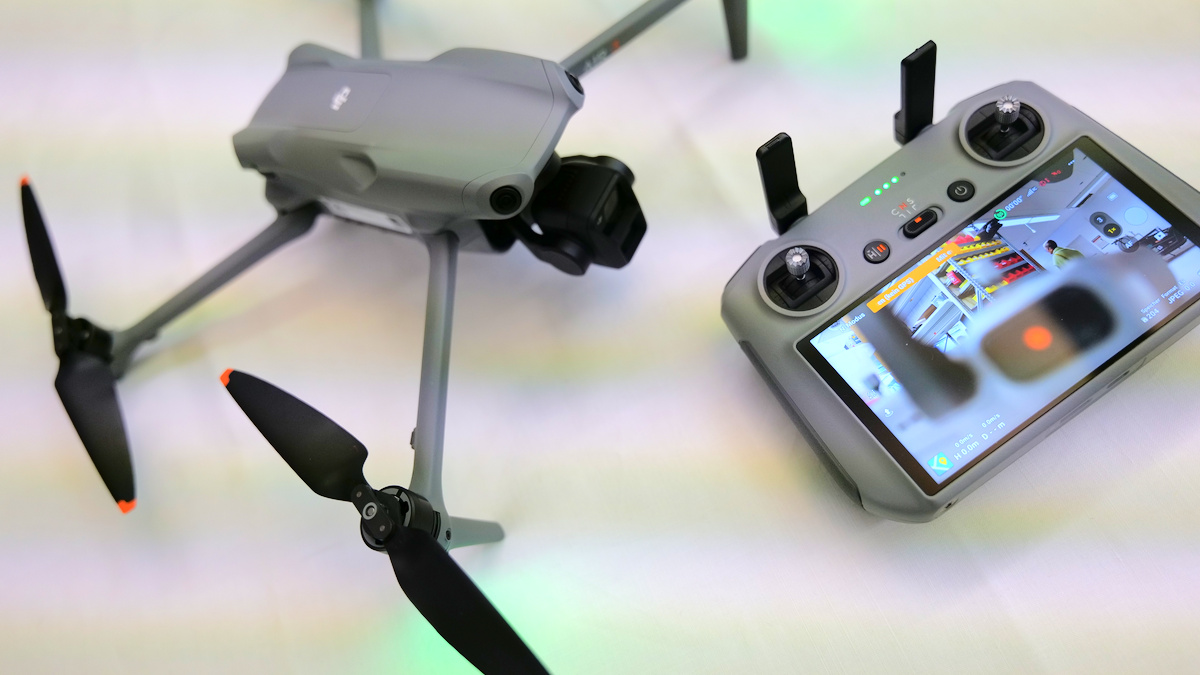
Durch die Förderung der DSEE konnten wir nun eine DJI Air 3 Drohne anschaffen. Und das eröffnet uns richtig viele Einsatzgebiete, z.B. tolle Luftbilder von historischen Gebäuden, Naturdenkmälern und anderen interessanten Objekten in der Region. Und das kommt danach natürlich alles zu Wikimedia Commons, zur freien Verfügung für alle. So können wir vielleicht bald auch Einreichungen für die Wettbewerbe Wiki loves Monuments oder Wiki loves Earth machen.
Nach ein paar Jahren des Übergangs gilt seit dem 01.01.2024 für alle Drohnenmodelle verpflichtend die aktuelle Verordnung der EU. Unsere Drohne liegt in der offenen Kategorie A1, UAS-Klasse C1, was bedeutet, dass man sie mit einem entsprechenden Führerschein in der Nähe von (aber nicht über) Menschen, sowie nahe an Gebäuden, fliegen darf. Für unseren Einsatzzweck daher sehr passend. Pro Akku haben wir auch eine Flugzeit von realistisch ca. 30-35 Minuten, was entspanntes Fliegen und Ausrichten für’s Foto erlaubt. Und wir haben gleich drei dieser Akkus gekauft. Als Betreiber der Drohne (nicht als Pilot!) tritt der temporärhaus e.V. auf, so dass die nötige Haftpflichtversicherung für unsere Mitglieder über den Verein abgedeckt ist.
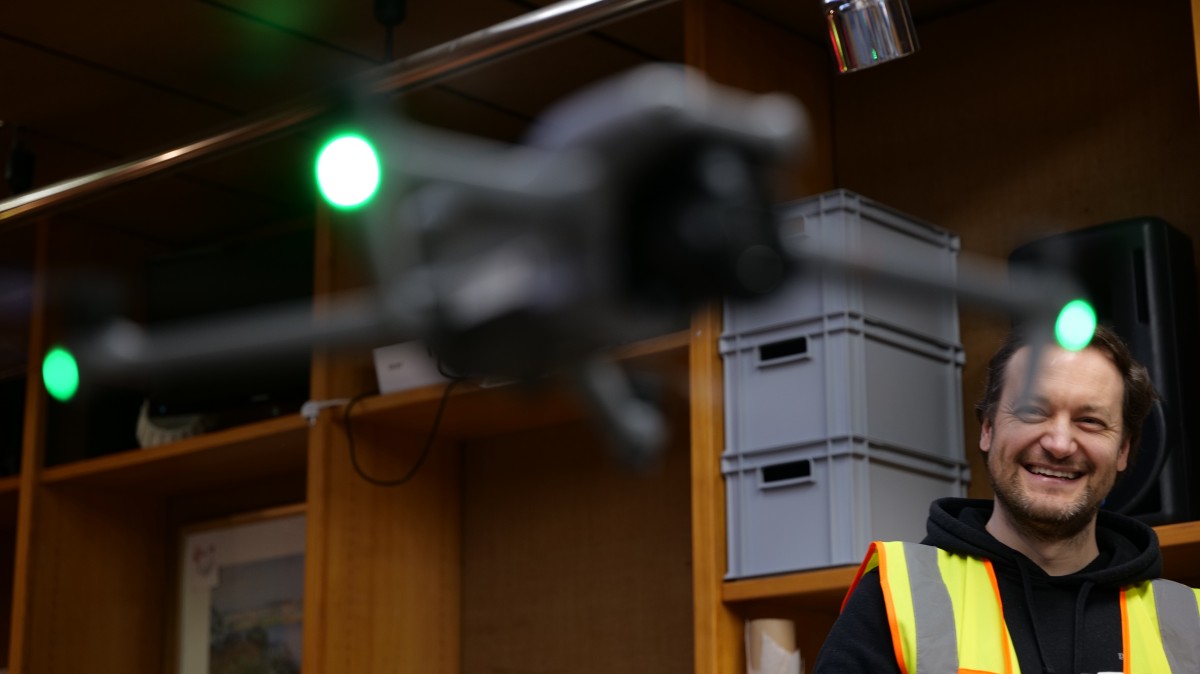
Was machen wir also mit der Drohne bzw. was kannst du mit der Drohne mit uns machen? Wir werden regelmässig mit der Drohne auf Fototour gehen, und wenn du die Drohne fliegen darfst (A1 Führerschein), dann bist du herzlich eingeladen mitzukommen und mitzumachen. Wir planen aktuell die ersten Touren, z.B. sind die Bundesfestungen rund um Ulm ein guter Anlass für einen Anfang. Sobald es mehr spruchreifes gibt, wirst du es hier bzw. in unserem Kalender finden.
An dieser Stelle natürlich einen großes Danke an Wikimedia Deutschland sowie der Deutschen Stiftung für Engagement und Ehrenamt, die uns durch Ihre Förderungen solche Hardware und Projekte überhaupt erst ermöglichen.
